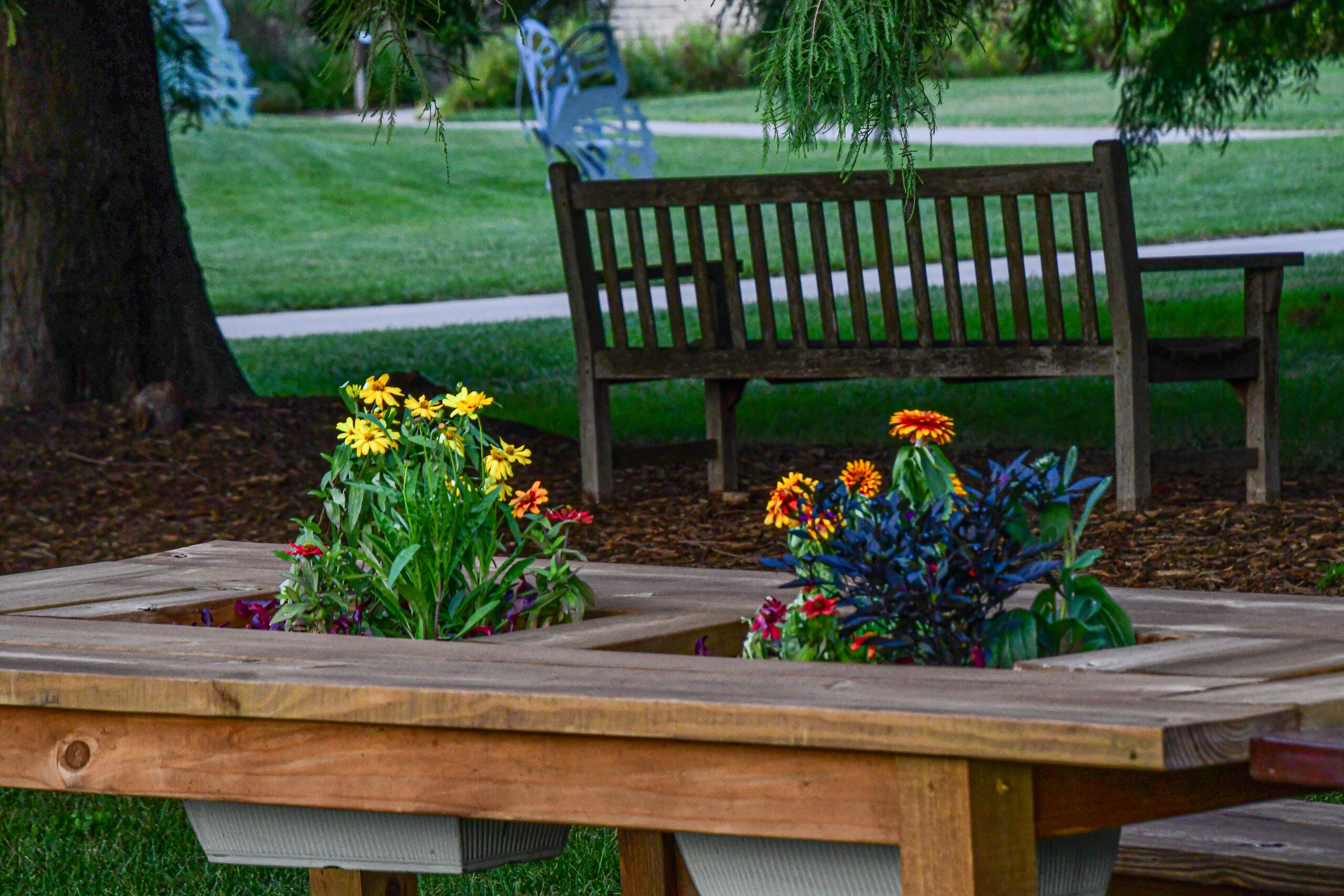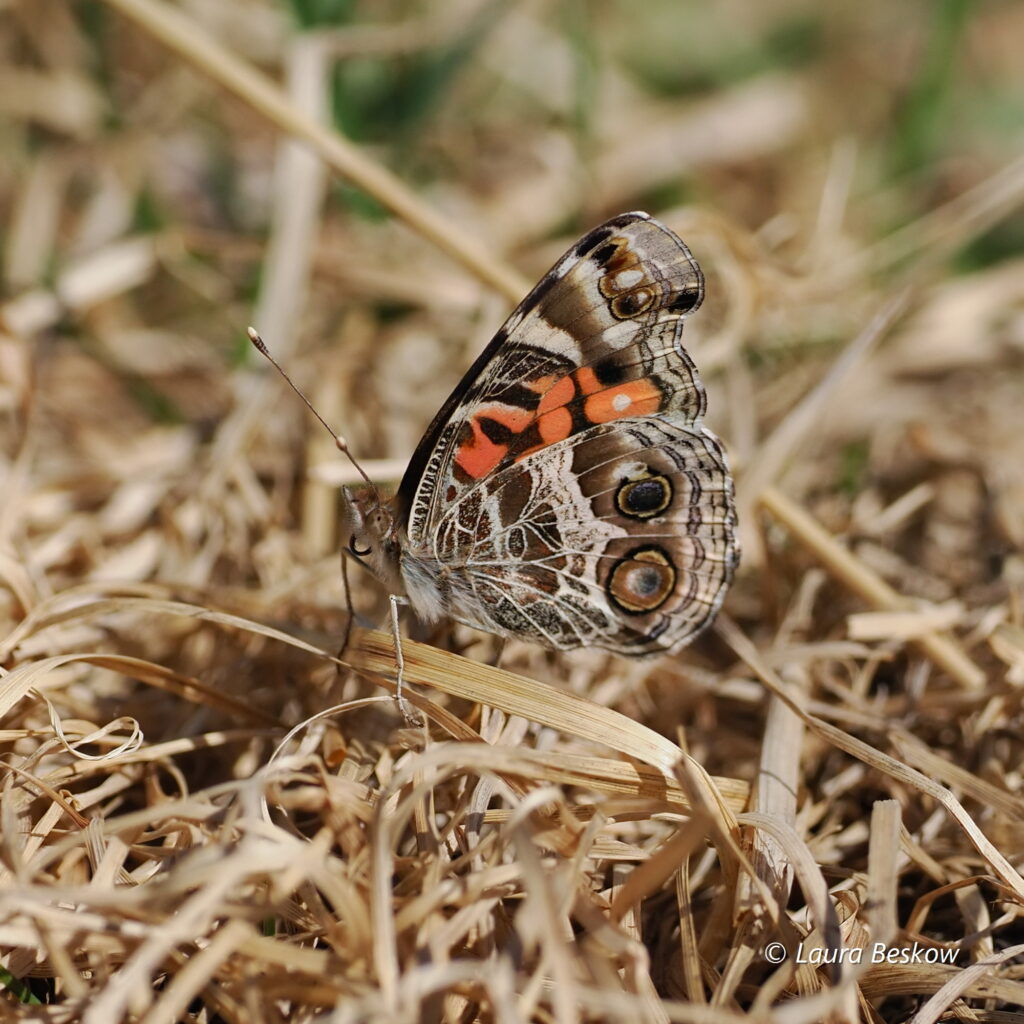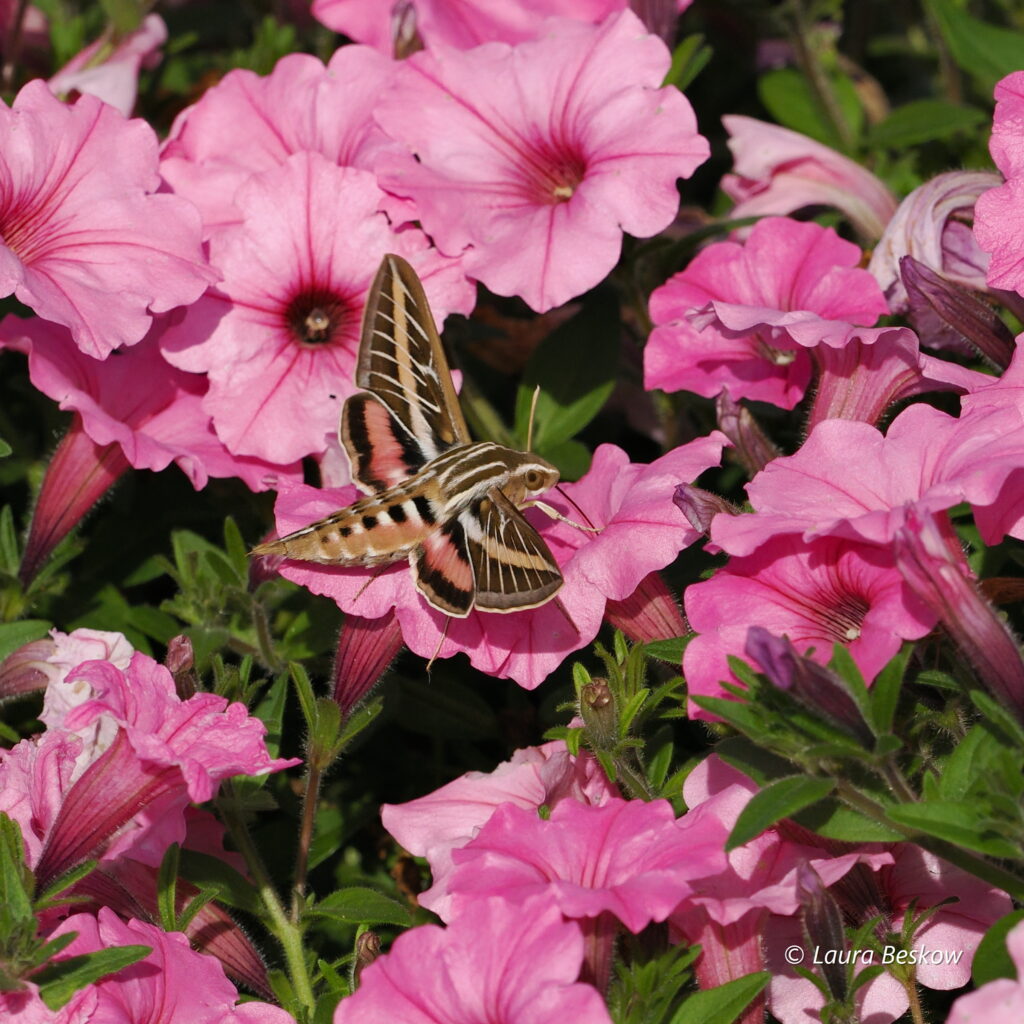Pollinator Friendly Ames: Native Habitat
The first goal of the Ames Pollinator Plan is to create & enhance habitats that support native pollinator diversity. Specifically, our goals are to:
- Increase the number of households possessing native pollinator habitat by 50%.
- Double current amount of native pollinator habitat on public properties.
- Identify & connect city and public green spaces to create pollinator habitat corridors.
YOU CAN HELP!
Need inspiration? Here are some suggested pollinator garden layouts!
- Stone Pathway
- South Side Planting
- Simple Grid Pattern
- Randomized Stones
- Along a Sidewalk
- Design a Pollinator Garden Tool – So you can design your own!
Does your living situation present challenges for going native?
More resources to help you help pollinators:
- The Community Academy – Local and Hosts Native Plant Sales
- Prairie Rivers Seed Bank – over 30 diverse native seeds to choose from!
- City of Ames rebates for native plants and landscaping
Plant natives
Native plants support pollinators by providing familiar and essential sources of nectar and pollen, which are crucial for their survival and the health of local ecosystems.
Here are ideas and information to help choose native plants:
- Our recommended plants
- Native Plants for Pollinators-Midwest Region
- Pollinator Planting Card (Midwest)
Not sure where to start? Here are some guides
Leave the leaves
Leaving fallen leaves on the ground provides essential habitat and food sources for pollinators like butterflies and bees, supporting their life cycles and promoting biodiversity.
Follow these links to learn more about pollinator-friendly seasonal yard clean up:
You can get a yard sign to help raise neighborhood awareness about the importance of pollinator habitat:
- Habitat & Garden signs
- “Leave the Leaves” signs from PRI are available for $15 each. Stop by our office to grab yours!
Lights out
Turning off unnecessary lights at night helps reduce light pollution, which can disorient and harm nocturnal pollinators like moths, ensuring they can navigate and thrive.
Did you know that reducing light pollution is crucial for birds too? Artificial light at night attracts and disorients migrating birds. Millions of birds die every year from exhaustion and window collisions.





